Optimal Timing for Lawn Edging Installation
Lawn edgings enhance the visual appeal of landscaped areas and help define boundaries between lawns, flower beds, and pathways. Proper timing for installation ensures longevity and optimal performance of edging materials. The best time to install lawn edgings depends on climate, soil conditions, and maintenance schedules.
Spring is ideal for installing lawn edgings as soil is moist and workable, allowing for easier placement and settling.
Early summer offers warm weather and longer days, promoting quicker establishment of edgings and reducing the risk of frost damage.
Fall can be suitable for edging before winter, provided installation is completed before cold weather sets in.
Winter is generally unsuitable due to frozen ground and low temperatures, which hinder installation and material stability.
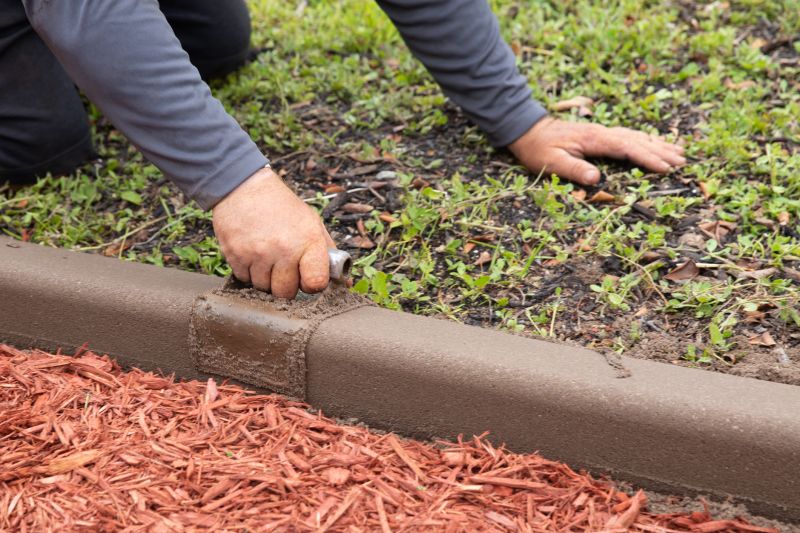
Springtime installation benefits from moist soil for easier shaping and placement.

Summer offers longer working hours and warm weather for effective installation.

Preparing lawn edges in fall ensures readiness for winter and spring growth.
| Season | Best For |
|---|---|
| Spring | Optimal for soil moisture and growth |
| Early Summer | Longer days and warm weather |
| Fall | Prepares for winter and spring |
| Winter | Not recommended due to frozen ground |
Lawn edgings serve as a functional and aesthetic boundary for lawns and garden beds. They help contain grass, prevent encroachment into flower beds, and reduce maintenance efforts. Edging materials vary from plastic and metal to natural stone and brick, each offering different benefits in terms of durability and appearance. Proper installation timing is crucial to maximize lifespan and performance, ensuring the edging remains effective and visually appealing.
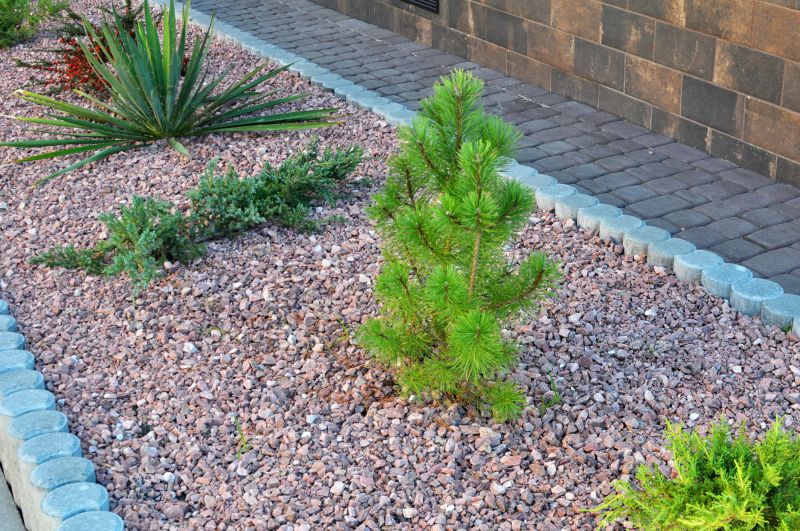
Stone edging provides durability and a natural look, suitable for spring and fall installation.
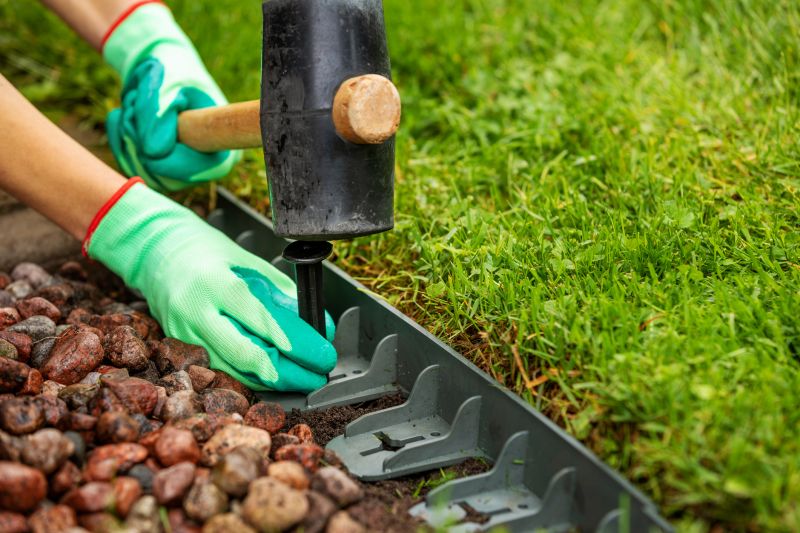
Plastic edging is flexible and easy to install, ideal for quick spring projects.
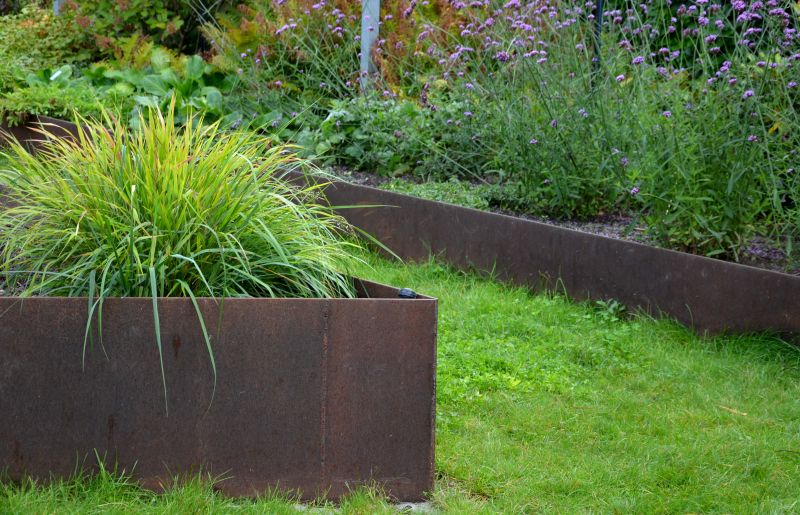
Metal edging offers a sleek appearance and longevity, best installed during moderate weather.
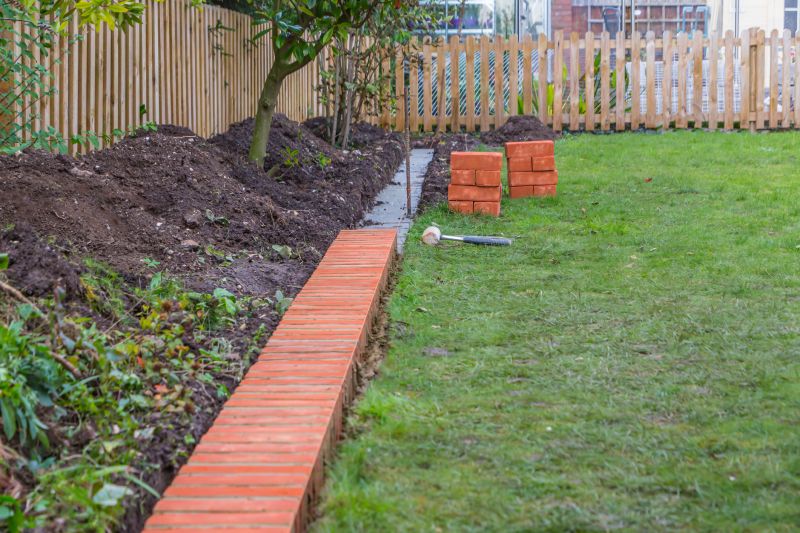
Brick provides a classic look and stability, best placed in spring or early summer.
Selecting the appropriate season for installation depends on climate, soil moisture, and desired durability.
Prepare the area by removing debris and leveling the ground for a smooth installation process.
Different materials perform better under specific seasonal conditions; consider climate and aesthetic preferences.
Timing installation during suitable seasons reduces maintenance and replacement needs.
Interested in enhancing landscape boundaries with lawn edgings? Filling out the contact form can provide additional information and assistance tailored to specific needs.



